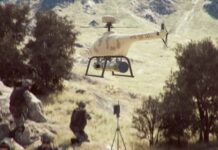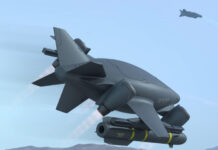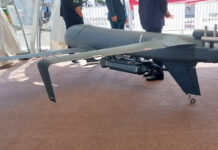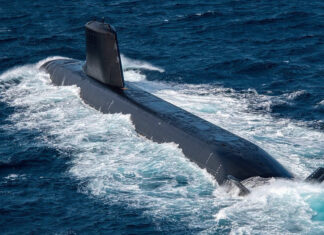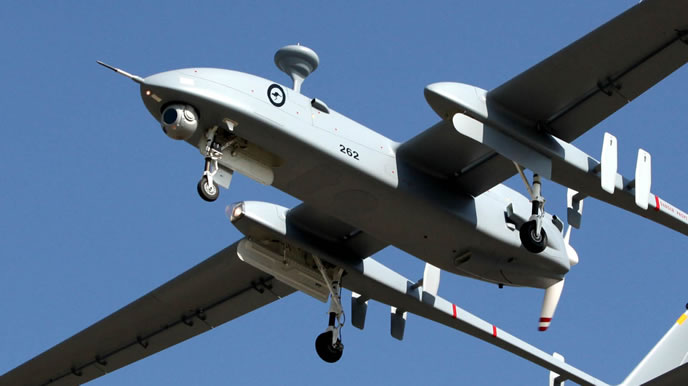
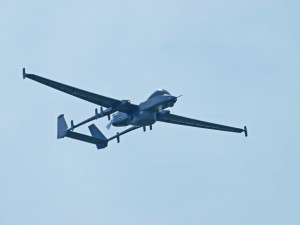
The Stockholm International Peace Research Institute (SIPRI) said Israeli companies were behind 41 percent of all UAVs exported in 2001-11. Those Israeli exports went to 24 countries, including the United States. I-HLS reports.
That volume’s expected to expand as production costs are relatively low. Israeli industry officials boast that it’s significantly cheaper to buy an advanced UAV than it is to train an air force pilot.
“In recent years, there have been more pilotless sorties than piloted ones in the Israeli air force,” observed Ophir Shoham, an army reserve brigadier general who heads the Defense Ministry’s Research and Development division known by the Hebrew acronym Mafat.
Accordimg to Space war , Shoham, who’s had the job for three years, is responsible for the ministry’s program to develop advanced technology for rockets, missile interception, satellites and unmanned systems.
“Within a few years there will be a number of operational missions of a known character that we will be able to carry out with a small number of unmanned devices,” Shoham, the little-known “backroom boffin,” told the Israeli daily Haaretz in a rare interview.

“That’s the direction we’re taking,” he said. “Robots are not about to replace combat soldiers — that’s a bit far off — but yes, we’ll operate unmanned vehicles on the ground against highly dangerous targets.
“I refer to targets in enemy territory against which we can send such vehicles remotely, as a kind of forward guard — vehicles that both observe and shoot. We will witness this in the foreseeable future.”
Israel’s military has long used UAVs for intelligence-gathering operations in the fight against Palestinian militants and the Iranian-backed Hezbollah in Lebanon.
The Israelis also pioneered the use of missile-armed drones to assassinate key militant leaders. But it was the Americans who developed UAVs like General Atomic’s MQ-1 Predator as killer drones in their war against al-Qaida since the attacks on the United States Sept. 11, 2001. The first such ‘targeted killing’ mission was in Yemen in November 2002.
Israel’s pioneering work with UAVs dates back to 1970. The first major combat role for the UAVs, namely an early variant called the Scout, was in the June 1982 Israeli invasion of Lebanon. The Israelis used Scouts from Israel’s first UAV unit, Squadron 200, as decoys to lure Syrian surface-to-air missiles sites in Lebanon, thinking the UAVs were combat aircraft, to lock on their radar systems, exposing their positions. Israeli warplanes knocked out all 19 batteries over a two-day period, during which Israeli fighters shot down 85 Syrian aircraft for no loss. The Scout was built by Israel Aircraft Industries, IAI’s original incarnation.
In addition to exports, Israeli defense firms set up subsidiaries in consumer countries “to target markets, rather than expand local manufacturing,” Israel’s Haaretz daily observed in 2009.
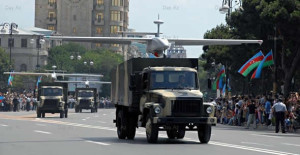
One example is the Aerostar and Orbiter 2M aerial drones being manufactured in Azerbaijan by Azad Systems Co., a joint venture between Israel’s Aeronautics and the Azeri Defense Ministry. Oil-rich Azerbaijan, which borders Iran, has become a key Israeli ally.
“There are three explanations for Israel’s success in becoming a world leader in development and production of UAVs,” a senior Israeli official told The Jerusalem Post. “We have unbelievable people and innovation, combat experience that helps us understand what we need and immediate operational use since we’re always in a conflict which allows us to perfect our systems.”
Shoham gets the last word. Developing the UAV, he says, “was one of Israel’s best investments. “It led to the development of a tremendous technological infrastructure in the country. It’s important to us to maintain our place in the forefront of world technology. “This is the key to development in the coming generations as well.”

